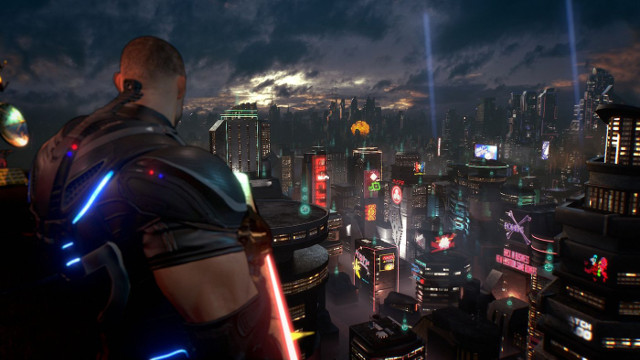This week Microsoft revealed new details for Crackdown 3 after more than a year of silence. The big story is its multiplayer where virtually every structure in the game world can be dismantled thanks to a meticulously designed physics engine. These destructible environments are such a large highlight of the game that Crackdown 3's entire presentation at Gamescom was focused on…

Atlas is an action-rpg with rogue-like elements where you use your ability to control the ground to fight the enemies and move through procedurally generated worlds.










